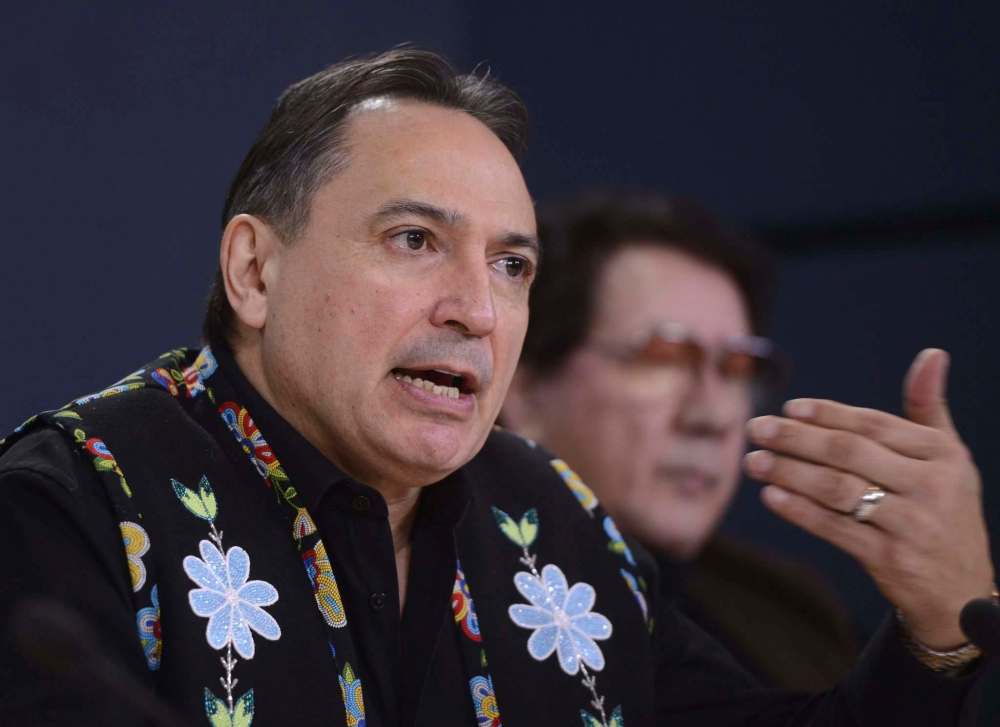The children can no longer be ignored
Advertisement
Read this article for free:
or
Already have an account? Log in here »
To continue reading, please subscribe:
Monthly Digital Subscription
$1 per week for 24 weeks*
- Enjoy unlimited reading on winnipegfreepress.com
- Read the E-Edition, our digital replica newspaper
- Access News Break, our award-winning app
- Play interactive puzzles
*Billed as $4 plus GST every four weeks. Offer only available to new and qualified returning subscribers. Cancel any time.
Read unlimited articles for free today:
or
Already have an account? Log in here »
Hey there, time traveller!
This article was published 07/06/2021 (1366 days ago), so information in it may no longer be current.
There is a world of difference between being forgotten and being ignored.
Forgetting is understood as a passive act, which involves having something slip from memory; ignoring, on the other hand, is an active choice and conveys the notion of willfully disregarding evidence in plain sight.
From that perspective, the 215 Indigenous children whose remains were discovered in an unmarked gravesite near the grounds of a former residential school in Kamloops, B.C., were not forgotten.

They were not forgotten by the First Nations communities from which they were stolen, and they were not forgotten by the grieving families from whose arms they were ripped.
But there can be no doubt these children — and those believed to be in other undiscovered gravesites around the country — were ignored. They were ignored for decades by church leaders, federal politicians and non-Indigenous citizens who turned a deaf ear to Indigenous leaders and families who spoke the truth about residential schools.
The discovery of the remains at what had been Canada’s largest residential school has sparked nationwide outrage, but Indigenous leaders are adamant that no one should be surprised by the horror that was confirmed through the use of ground-penetrating radar.
“The outrage and the surprise from the general public is welcome, no question,” Assembly of First Nations National Chief Perry Bellegarde said. “But the report is not surprising. Survivors have been saying this for years and years — but nobody believed them.”
A linchpin in the government’s policy of forced assimilation, some 150,000 First Nations, Métis and Inuit children were placed in state-run boarding schools, where they were robbed of their language, culture, family ties and, too often, their lives, in a system Canada’s Truth and Reconciliation Commission branded “cultural genocide.”
There is little doubt more graves will be uncovered in the months to come. The TRC documented the deaths of more than 6,000 students as a result of residential schools, but former commission chair Murray Sinclair has said the true figure “could be in the 15,000-25,000 range, and maybe even more.”
The road to healing for the nation and Indigenous communities, where the trauma of these schools remains an open wound, will be long and torturous. It has to begin with a full investigation into every former residential school to determine how many unmarked burial sites exist, and to ensure every missing child is identified and their families informed of their fate.
But it is also essential for the federal, provincial and territorial governments to answer a call that has been ignored for far too long — the creation of monuments to residential school survivors and victims in every capital city across Canada.
The TRC called for those monuments in its final report in 2015, and its pleas were renewed by Stephanie Scott, director of the National Centre for Truth and Reconciliation at the University of Manitoba, both last year and in the wake of the Kamloops discovery. “Canadians need to know the truth and understand what happened in order to foster true reconciliation and healing,” Scott told MPs in 2020.
These monuments would be far more than a symbolic gesture, though the heart-breaking power of symbols is evident in the displays of hundreds of pairs of children’s shoes set up around the country in tribute to the 215 children buried in Kamloops.
They would be reminders that residential schools were a horrific reality, and their legacy of anguish endures. More importantly, they would ensure that thousands of lost children will — along with being remembered — no longer be ignored.

